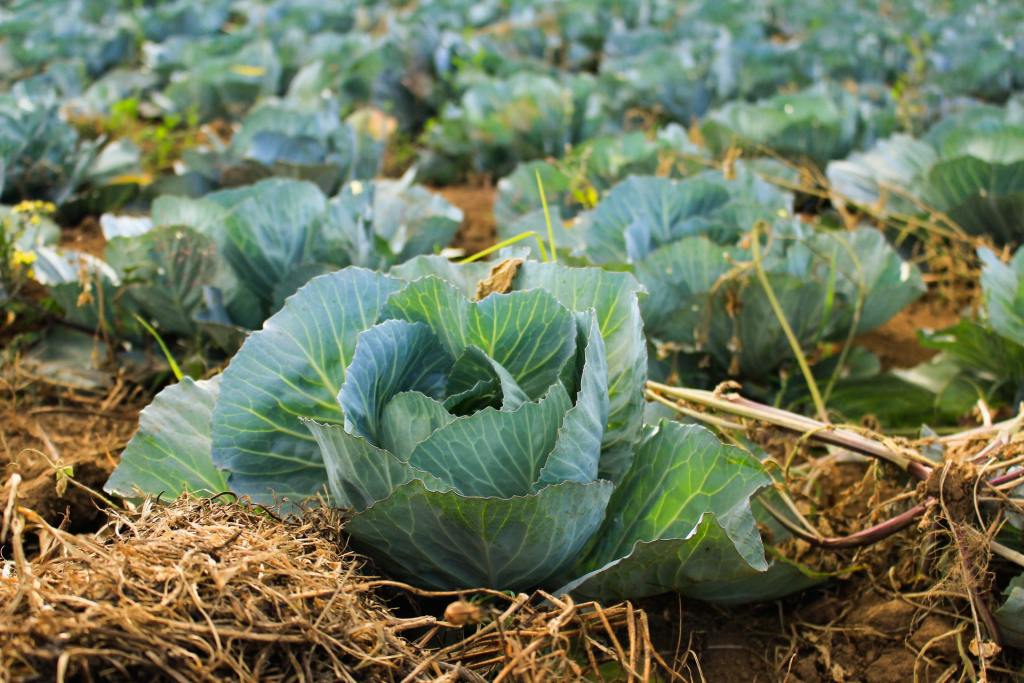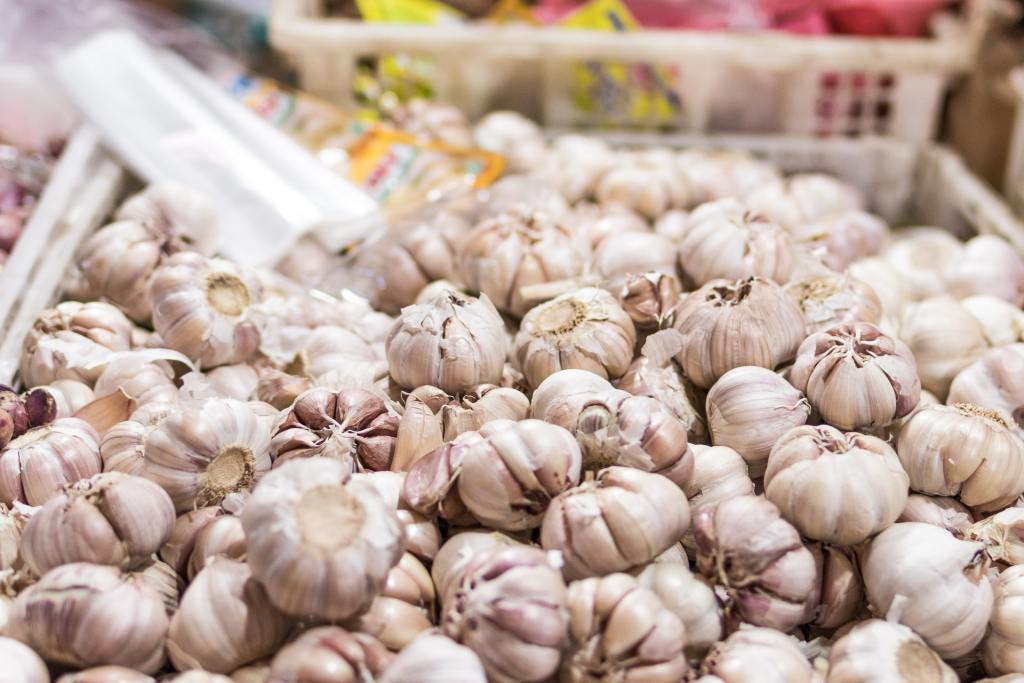Ever had a question about designing a food garden or planting edible crops? You may have come across Kyle Hagerty, aka the owner of Urban Farmstead, while skimming through YouTube and Instagram. A professional firefighter by trade, Hagerty also produces highly detailed educational and instructive videos on YouTube about gardening while running his very own urban farm. His Instagram account (@urbanfarmstead) is also a treasure trove of advice—ahead, we’ve rounded up our favorite nuggets of wisdom from his archive!

When it comes to successful crops, it’s all about being proactive rather than reactive.
Based in Sacramento, Hagerty explains in this post that he first started prepping for California’s heatwave and drought in the winter, keeping an eye out for heat-tolerant seeds. He planted seeds next to mature plants, which would provide the new crops with shade. He also installed drip irrigation early on for deep watering of roots and used organic fertilizers instead of chemical ones that cause growth spurts requiring lots of water.
While you might not have Hagerty’s specific conditions, the lesson here is that you’ll benefit from planning your crops ahead of time. For example, if you live in an especially cold climate zone, prepare to keep your plants warm by making room to overwinter them indoors or mulching them before the first frost to help them retain warmth and water.
Take your time designing and implementing your garden.
Designing a robust vegetable garden can be an overwhelming undertaking, but as Hagerty shows us in this post, a blueprint can be incredibly helpful for getting started. Here, he lays out a detailed and scaled sketch in the second slide, where he draws out where his garden plots (such as those for mixed fruits and perennial edibles) will go. While coming up with a gardening strategy, Hagerty doesn’t rush to do it all at once, opting instead to do everything in phases. He’s also open to suggestions from his Instagram audience and doesn’t mind amending his current blueprint.
Mapping your garden layout on paper can help you strategically grow your plants based on their watering and sun needs. It’ll also lead you to have, generally, a more organized and aesthetically pleasing garden where things aren’t placed randomly—for example, cluster drought-tolerant plants together so that you can water them around the same time. However, don’t be afraid to give yourself leeway to switch up your original plan!
Clearing out the old is part of building a farmstead.
Before sowing seeds or placing down seedlings, you need to clear out lawn space and weeds. In this carousel post, Hagerty shows himself clearing out a large patch of weeds so that he can get started on his garden. While clearing out unwanted growth isn’t the most fun part of the farming process, it’s definitely an essential one. Setting up a blank slate will help plants get a fresh start without any competition. In the new space, Hagerty envisions “rows of fruit trees for every season, raised garden beds, habitat for native pollinators, spaces to gather with friends and family, and so much more.” In addition to making a solid plan for your garden, you also need to put in the work to make it happen!

Many plants can thrive in a hands-off environment.
In this post about growing garlic, Hagerty explains an experiment that he ran on garlic. Instead of pampering it with the utmost care, he went in the complete opposite direction and pushed the limits of what the bulb plant could handle. A relatively easy plant to grow, garlic doesn’t require much maintenance, and it can do well even when you ignore it. Hagerty noted that he grew his garlic a month later than normal, never fertilized, did not pull many weeds, provided very little supplemental irrigation, and waited longer than usual to harvest it. Though the garlic bulbs were slightly small, they still managed to grow with a decent yield. The lesson to be learned here is that even when you don’t give your plants and crops every supplement you might think they need, nature will still run its course!
If you’re embarking on a gardening project and want to give your plants the best treatment possible, it’s time to give @urbanfarmstead a follow! From taking the time to thoroughly plan out a garden to preparing your crops for extreme weather, he shares the most fundamental lessons in farmsteading. Long story short, Hagerty’s posts are full of inspiration but also lay down specific advice to help you get the lushest and most fruitful garden of your dreams!



